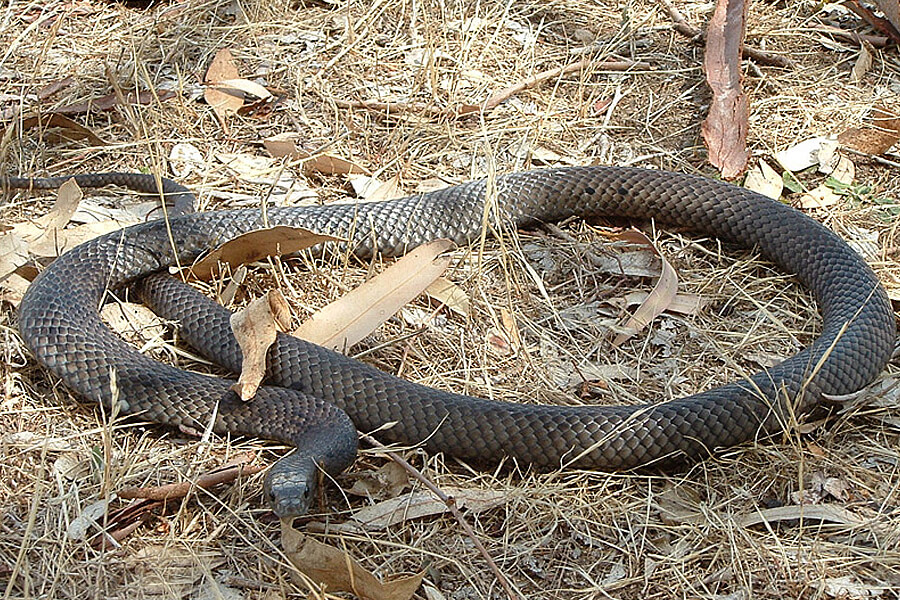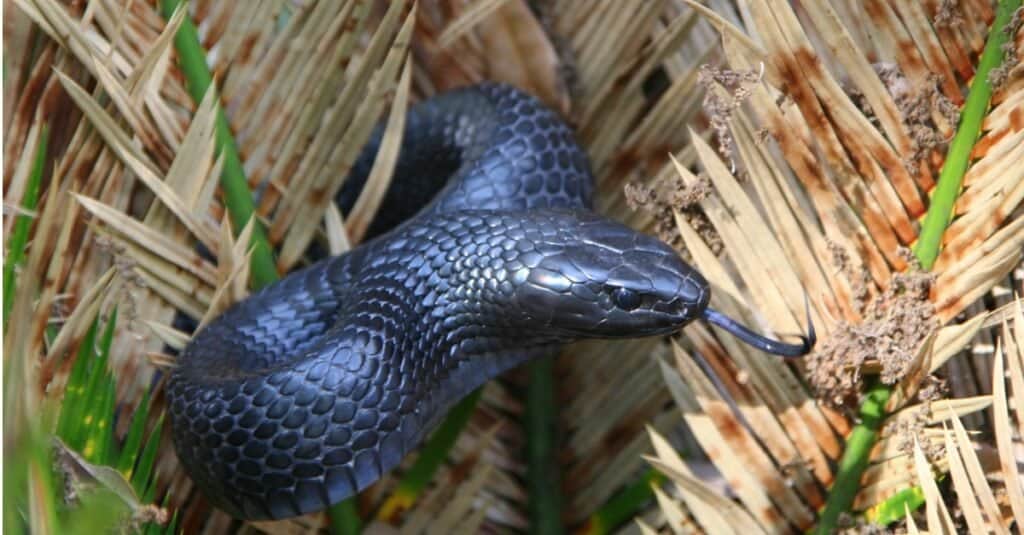Introduction
The tiger serpent is just one of Australia's many well-known reptiles, been afraid for its potent venom and aggressive character. This interesting creature plays a vital function in the community, yet it frequently encounters misunderstandings that lead to unneeded anxiety. In this comprehensive short article, we will explore the globe of the tiger snake, exploring its environment, venom attributes, first aid kit snake bite and crucial emergency treatment techniques in case of a snake bite.
Understanding the Tiger Snake: Environment, Venom, and Emergency Treatment Essentials
Tiger snakes are predominantly discovered along the southern coast of Australia, consisting of Tasmania. They prosper in various atmospheres such as marshes, seaside areas, and even metropolitan areas. Their versatility makes them effective killers; nevertheless, their closeness to human habitats commonly results in encounters that can lead to bites.
This write-up aims to debunk tiger snakes by reviewing their environment preferences, analyzing their poison composition and results on human beings, and giving critical first aid details for bites.
1. Tiger Serpent Habitat: Where Do They Live?
1.1 Review of Tiger Serpent Distribution
Tiger serpents (Notechis scutatus) are primarily discovered in southern Australia and Tasmania. They inhabit different communities varying from seaside marshes to freshwater lakes.
- Coastal Regions: Tiger serpents are frequently discovered near coastlines where they quest for fish and amphibians. Wetlands: These areas provide enough concealing spots and bountiful prey. Urban Areas: As cities broaden right into all-natural environments, tiger serpents may be seen venturing into country gardens or parks.
1.2 Preferred Habitats of Tiger Snakes
Tiger snakes like wet environments where water resources are easily available. Their environments normally include:

- Marshes: The dense plant life permits them to ambush prey effectively. Swamps: These areas use sanctuary from killers while offering an abundant hunting ground. Riversides: Water bodies draw in lots of animals which work as food resources for these snakes.
1.3 Environmental Variables Influencing Habitat Choice
Several aspects affect where tiger snakes select to reside:
- Temperature: Being ectothermic (cold-blooded), they require warm atmospheres for ideal task levels. Prey Schedule: High populations of frogs and small creatures attract these snakes. Shelter: Thick plants offers not just as camouflage but also as defense against prospective threats.
2. Are Tiger Snakes Venomous? Understanding Their Venom
2.1 Composition of Tiger Snake Venom
Yes! Tiger serpents are without a doubt poisonous creatures. Their venom is a complicated mixture having neurotoxins that can trigger paralysis and coagulopathies affecting blood clotting mechanisms.
Key Elements of Poison:
- Neurotoxins: Affect nerve function resulting in paralysis. Hemotoxins: Damages blood vessels triggering interior bleeding.
Understanding these components aids us appreciate the potency of a tiger snake bite.
2.2 Results of a Tiger Snake Attack on Humans
A bite from a tiger serpent can bring about severe signs and symptoms:
- Local Signs and symptoms: Pain, swelling, and staining at the bite site. Systemic Signs: Nausea, vomiting, difficulty taking a breath as a result of paralysis or constriction of airways.
Severity Levels
Minor Bite: Local discomfort without systemic symptoms. Moderate Bite: Systemic signs and symptoms but manageable with clinical care. Severe Bite: Lethal; requires instant medical intervention.3. Determining Various Types of Tiger Snakes
3.1 Eastern vs Tasmanian Tiger Snakes
There are 2 main categories based upon geographic distribution:
Eastern Tiger Serpent (Notechis scutatus)
Found along eastern coasts up to Queensland.
Tasmanian Tiger Serpent (Notechis scutatus)
Adapted especially to Tasmania's distinct environment with slightly differing coloration patterns.
3.2 Shade Variations in Habitat Preferences
Tiger serpents exhibit considerable color variants relying on their habitat:
- Coastal populaces often show stripes or spots for far better camouflage versus sandy shores.
4. Behavior Patterns of Tiger Snakes
4.1 Aggression Level
Tiger snakes are recognized for their aggressive behavior when intimidated or cornered which can cause defensive strikes if provoked.
4.2 Searching Techniques
They have exceptional dexterity enabling them to strike swiftly at prey such as frogs or small rats mostly during golden hours when they're most active-- making them nighttime hunters!
5. First Aid for Serpent Bites: Crucial Steps You Should Know
When it concerns King Brown snake identification taking care of snake bites, understanding is vital!
5.1 Immediate Actions After a Bite
If bitten by a tiger snake:
Stay tranquility! Panic enhances heart price which spreads out venom faster through your bloodstream.
Apply stress around the wound utilizing tidy fabrics-- avoid cutting or drawing out venom!
Remove tight clothing/jewelry near the bite website; swelling might occur rapidly.

Immobilize the affected arm or leg using splints preferably-- this limits movement assisting slow down venom spread!
5.2 Obtaining Clinical Help
Seek emergency clinical assistance right away! Time is important when handling prospective envenomation from tiger snakes!
5.3 Emergency treatment Package Fundamentals for Snake Bites
Having a well-equipped emergency treatment kit can make all the distinction during emergencies:
|Thing|Summary|| ------|-------------|| Stress Plaster|Aids immobilize common death adder injury|| Clean and sterile Gauze|For dressing injuries|| Emergency Contact Details|Quick access numbers|| Antivenom Information|Expertise concerning local antivenoms|
6 Frequently asked questions Concerning Tiger Snakes
Q1: Are all tiger snakes dangerous?
A: While all have poisonous capacities influencing humans dramatically-- most favor avoidance unless threatened!
Q2: Just how quickly does tiger serpent poison influence humans?

A: Symptoms may show up within minutes depending on area & & amount infused throughout envenomation events!
Q3: Can you make it through a tiger serpent bite without treatment?
A: Untreated bites can be fatal due to quick development; immediate healthcare is crucial!
Q4: What should I do if I encounter one?
A: Maintain distance & & retreat slowly; prevent unexpected motions that may provoke aggression!
Q5: How common are bites from tiger snakes?
A: Although experiences happen regularly-- actual bites continue to be reasonably rare due greatly due precautionary procedures taken by residents living within impacted ranges.
Q6: Exists a remedy available?
A: Yes! Antivenoms specific for Australian varieties exist-- medical facilities bring these medicines all set when required quickly post-bite incidents!
7 Conclusion
Understanding the details surrounding "Recognizing the Tiger Serpent: Habitat, Poison, and Emergency Treatment Fundamentals" is extremely important not just for personal safety however additionally promoting conjunction with these exceptional animals inhabiting Australia's landscape! By learning more regarding their habits & & reliable reaction strategies regarding possible encounters-- we equip ourselves better versus unnecessary worries while valuing nature's variety fully! So let's accept education and learning rather fear-- it leads in the direction of consistency in between mankind wild animals alike!